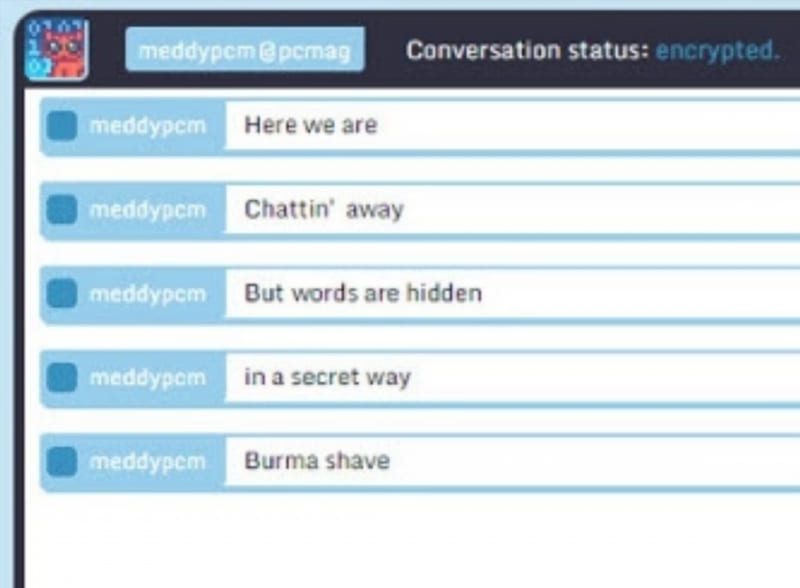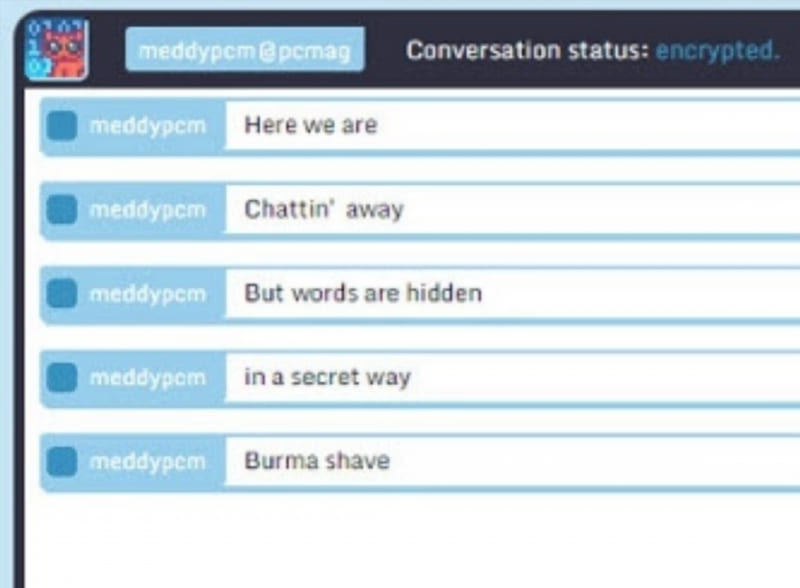
Chatting online has come a long way from the days of AOL chat rooms and MSN Messenger. In 2012, the way we communicate virtually saw another evolution with the rise of Cryptocat. This unique tool changed the game when it comes to secure messaging. Let’s dive deep into what makes Cryptocat stand out.
The Emergence of Cryptocat: A Brief History

Back in 2012, digital privacy was just making its way to the forefront of online discussions. It was during this time that Cryptocat, with its emblematic cat logo, tiptoed onto the scene. A product of digital activism and the brainchild of a savvy coder, Cryptocat promised users an encrypted messaging experience like no other.
Fun fact: Did you know that Cryptocat was created as a browser extension before it bloomed into a full-fledged application?
Why Encrypted Messaging?
Why the fuss over encrypted messaging, you ask? It’s simple. With cyber threats at an all-time high and hackers lurking in every corner of the internet, encrypted messaging is not just a luxury—it’s a necessity.
-
Personal Data Protection: If you’re sharing sensitive information, be it bank details or simply your weekend plans, you wouldn’t want unwanted eyes peeking, right?
-
Freedom of Speech: Living in a world with limited free speech, encrypted channels allow folks to communicate without the fear of backlash. It’s like whispering a secret in a room full of eavesdroppers.
-
Business Security: Business communications often contain trade secrets. Encrypted messaging ensures competitors keep their noses out of your business.
“I think that trying to put barriers on what you can do in the privacy of your home is problematic.” – an excerpt from a Wired article discussing online privacy.
Delving Deep: How Does Cryptocat Ensure Safety?
The Backbone: End-to-End Encryption
Now, let’s get down to the nitty-gritty. End-to-end encryption, or E2EE for the tech-savvy, is what makes Cryptocat the purring beast it is. Here’s a simplified explanation:
- You send a message: Think of this as locking a message in a box.
- It travels encrypted: This box travels through the internet, locked and untampered.
- Recipient unlocks it: Only the recipient has the key to this box.
In simpler terms, it’s like passing notes in class but ensuring the teacher (or any interceptor for that matter) can’t read them—even if they snatch them mid-air!
Additional Safety Features
- Self-destructing Messages: Cryptocat lets you send messages that vanish after a set time. Think of it as a digital footprint that fades away, leaving no trace.
- Password Protections: Just an added layer to ensure your chats are “for your eyes only”.
Cryptocat Alternatives: The Competition in the Wild
Alright, so Cryptocat is the cat’s pajamas. But are there other big cats in the jungle? Absolutely! While Cryptocat brought a lot to the table, other players like Signal, Telegram, and WhatsApp have since incorporated end-to-end encryption.
- Signal: Open-source and with a recommendation from the cybersecurity guru Edward Snowden himself.
- Telegram: Offers ‘secret chats’ with E2EE. It’s all about those hush-hush conversations.
- WhatsApp: Popular and widely used, though recent policy changes have left some users skeptical.
It’s a vast digital jungle out there, but Cryptocat remains one of the original trailblazers. For more in-depth knowledge, you might want to check out this Wikipedia page on Cryptocat.
Your Online Safety: What’s the Final Word?
Let’s cut to the chase: in this digital age, it’s better to be safe than sorry. Encrypted messaging isn’t just for the tech whizzes or the privacy fanatics. It’s for everyone, from the teenager sharing memes to the CEO discussing quarterly reports.
When you’re on the internet, imagine you’re in a glass house. Without the right protection, anyone could peek in. Cryptocat and its ilk simply draw the curtains. So, the next time you’re about to hit ‘send’ on that message, maybe take a second to ponder: Who else might be reading?
Happy (and safe) chatting!







